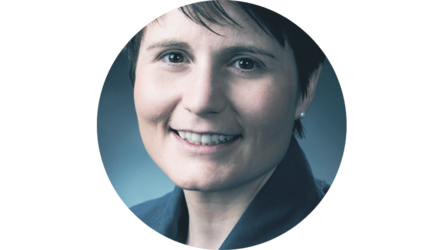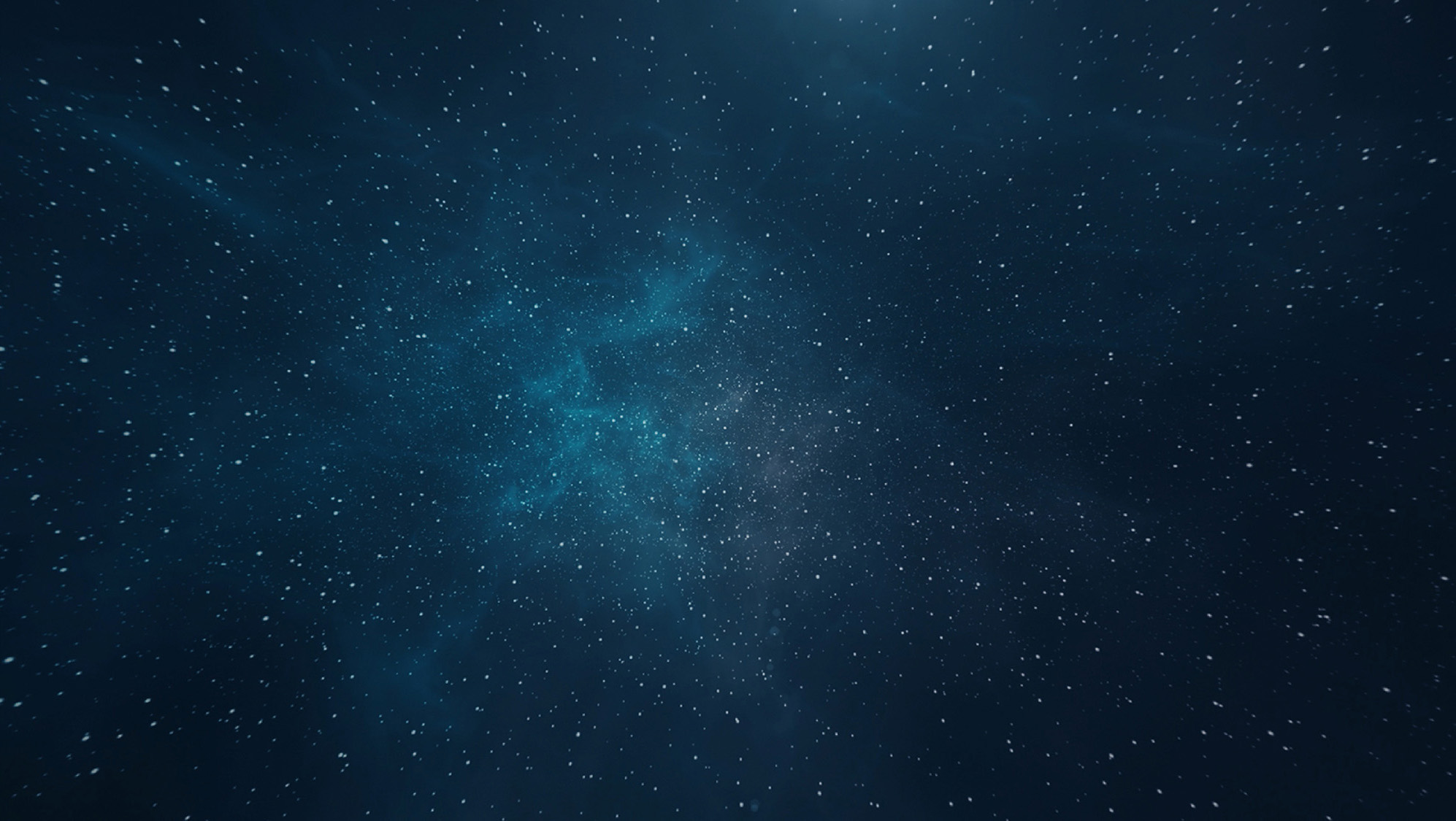Introducing the MILIARIUM- a measuring technique for satellite constellations
In the future, satellite constellations will become more common for a variety of reasons. From large physics experiments, such as the envisaged LISA (Laser Interferometer Space Antenna), which will detect gravitational waves using spacecraft three space craft flying five kilometers from each other. To Proba-3, where the distance between two independent satellites needs to be measured extremely precisely.
As these space craft will have to fly in precise formations compared to each other, it requires very accurate measurements to be taken. Current methods to measure inter-satellite distance with sub-millimetre precision are based on high-precision laser ranging.
Laser interferometry enables measuring these distances with an extreme sensitivity corresponding to a fractions of a wavelength, but it has an unambiguous range of only one wavelength.
One way to solve this is to apply two-colour laser interferometry instead. This laser technology is very mature as it is widely deployed for optical telecommunications. However, measuring distances in the range of 100 to 1000 m by two-colour interferometry with near infrared or visible lasers cannot fully remove the ambiguity, as the corresponding synthetic wavelength is limited in the range of a few tens of micrometres only.
A third option could be to use the same two-colour laser interferometry but in wavelengths of mid-infrared instead of near infrared.
A new activity with TDE and the Universite De Neuchatel, Switzerland, has explored the use of quantum cascade lasers (QCLs) as light sources to measure absolute distances at a sub-wavelength precision using this technique. The activity developed a laboratory demonstrator of the Mid-Infrared Laser Interferometry with Ambiguity Removal for Improved Ultraprecise Metrology (MILIARIUM).
The MILIARIUM demonstrator proved that the idea behind the MILIARIUM instrument was valid and that the technologies exist and can be combined., although some work would be necessary to integrate and simplify the instrument for future flight models.
T717-403MM was completed in January 2021















 Germany
Germany
 Austria
Austria
 Belgium
Belgium
 Denmark
Denmark
 Spain
Spain
 Estonia
Estonia
 Finland
Finland
 France
France
 Greece
Greece
 Hungary
Hungary
 Ireland
Ireland
 Italy
Italy
 Luxembourg
Luxembourg
 Norway
Norway
 The Netherlands
The Netherlands
 Poland
Poland
 Portugal
Portugal
 Czechia
Czechia
 Romania
Romania
 United Kingdom
United Kingdom
 Slovenia
Slovenia
 Sweden
Sweden
 Switzerland
Switzerland


























